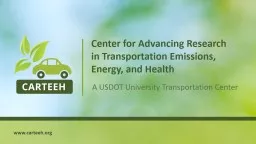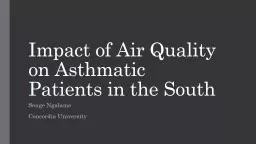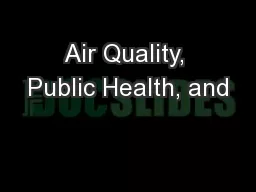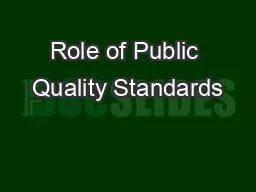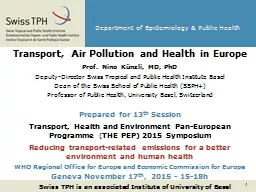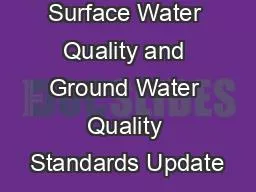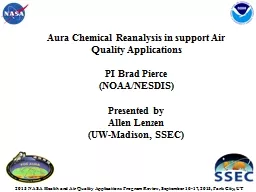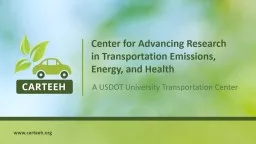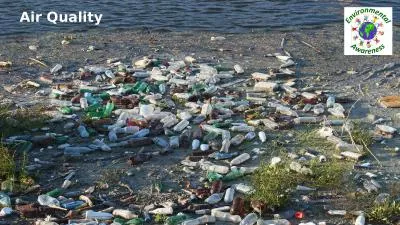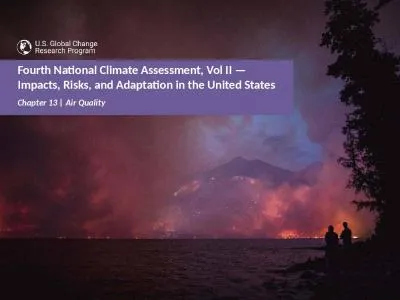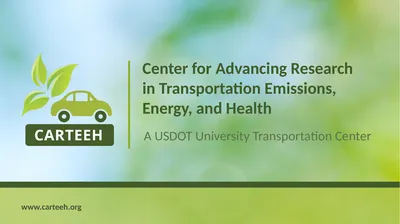PPT-www.carteeh.org Lecture #4: Air Quality Standards and Health
Author : SugarLips | Published Date : 2022-08-04
Juan Aguilera MD PhD MPH University of Texas at El Paso jaaguilera2utepedu 1 915 2743475 The author declares that there is no conflict of interest Lecture Tracks
Presentation Embed Code
Download Presentation
Download Presentation The PPT/PDF document "www.carteeh.org Lecture #4: Air Quality ..." is the property of its rightful owner. Permission is granted to download and print the materials on this website for personal, non-commercial use only, and to display it on your personal computer provided you do not modify the materials and that you retain all copyright notices contained in the materials. By downloading content from our website, you accept the terms of this agreement.
www.carteeh.org Lecture #4: Air Quality Standards and Health: Transcript
Download Rules Of Document
"www.carteeh.org Lecture #4: Air Quality Standards and Health"The content belongs to its owner. You may download and print it for personal use, without modification, and keep all copyright notices. By downloading, you agree to these terms.
Related Documents

